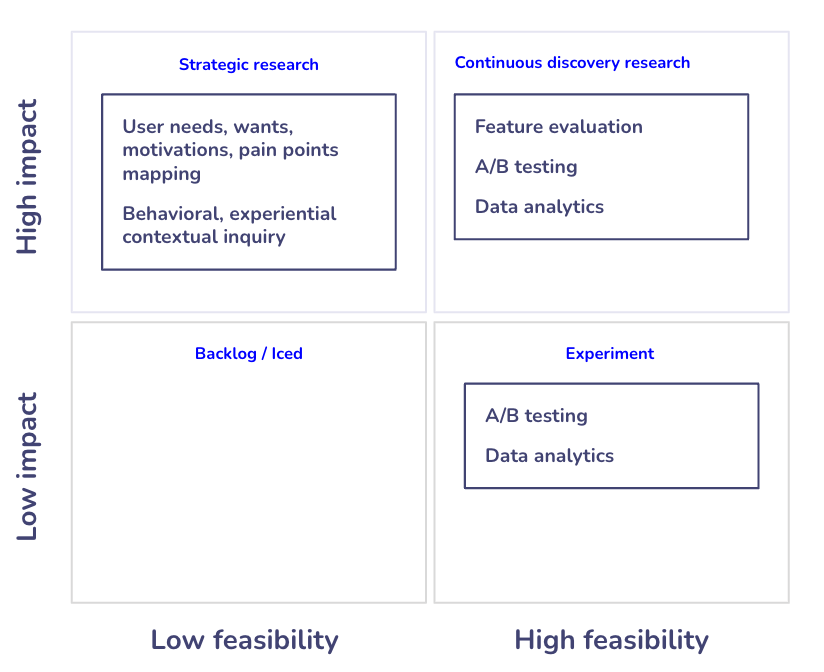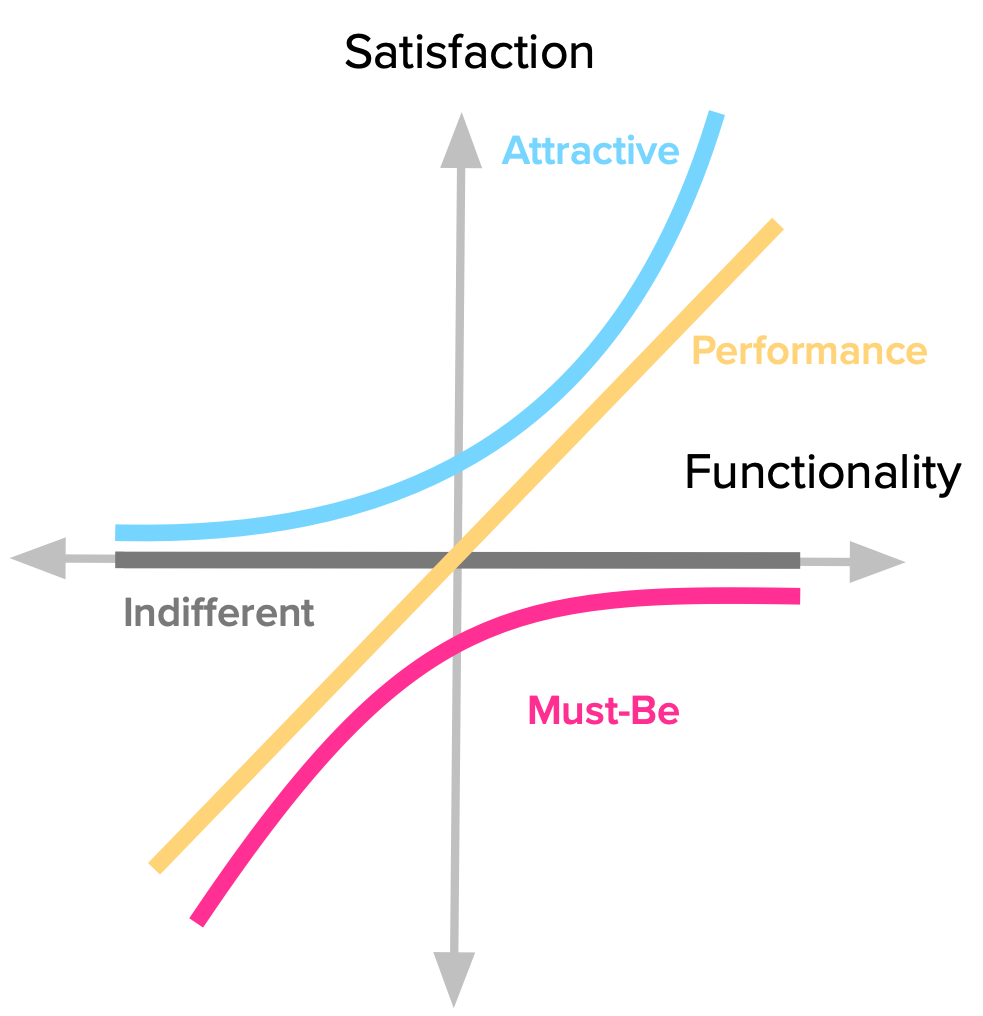The many avatars of prioritisation
Anyone who said 'you can have it all' hasn't seen the good, bad, & chaotic of prioritisation. Why do we struggle with prioritisation? And what does it look like when we can cut through the chaos?
I am Soma and I help teams move from assumption-led to evidence-led decisions. My toolkit includes research, design and systems thinking.
Now for the interesting stuff…
I have this To-Do list. The problem is that no matter how many tasks I have checked off that list, it always keeps growing…on the daily.
Do you have similar scenarios? That feeling of trying to catch up with ALL the friends on a week-long visit back home, clawing to carve out no meeting days only to keep seeding the calendar with ‘important’ meetings, working on the quarterly roadmap while watching that backlog quickly bloat up with ‘high priority’ requests that need immediate attention!
In the Hindu epic ‘Mahabharata’. Arjuna was being tested at archery. The test was to shoot the fish (tied to a pole above a body of water) in the eye while looking at the image in the water below. When asked what they saw in the water, Arjuna replied, ‘The eye’, and could shoot it successfully.
Prioritisation is about that unwavering focus on the ‘now’. In business, that ‘now’ is shaped by the need to extract,
most business value,
the best customer experience,
minimum wasted resources
Why is prioritisation essential?
The ability to focus on the ‘NOW’ empowered Arjuna to win the hand of Draupadi in an archery contest. He prioritised his energies on what earned him the highest value. In a business context, when teams focus on the narrow lens of high value tasks like shooting the eye with the bow, they avoid wasted effort such as trying different bows, aiming for the whole fish, and so on.
Prioritisation is an essential practice for many more reasons.
Efficient use of finite resources - Allocating resources to only prioritised tasks ensures that high-impact outcomes get all the energy and attention they deserve.
Speed - By focusing resources on only a few outcomes, businesses gain the slipstream advantage. Prioritisation results in reduced friction and increased speed.
Active thriving - Prioritisation enables people to dedicate energies to a few high-impact outcomes. That increases collaboration and reduces stress, quiet quitting or worse, burnout.
How do people get it wrong?
Too many top priorities - When you spread the peanut butter too thin on the toast, you taste nothing. If everything is a priority, chances are it is just firefighting. Vlad Loktev says, ‘It’s ok to let some fires burn unless they are wildfires.’ This is often a good time to use opportunity cost calculation.
The squeakiest wheel gets the grease - Too often, teams defer to the loudest stakeholder (often HIPPO). Prioritisation based on who shouts the loudest results in a product that is disconnected from user needs and long-term profit.
Assumptions over evidence - Without data-driven insights such as user research, performance metrics, or market trends, teams focus on tasks that don’t deliver real value. Assumptions change with the direction of the wind, so do priorities, which in turn creates a lack of stability and commitment.
Stunted innovation - Without intentional prioritisation, teams keep moving between ‘keeping the lights on’(maintenance) and ‘moving the ball forward’(growth and innovation). Shifting priorities come with their own switching costs.
What does successful prioritisation look like?
Good prioritisation creates a thriving culture in addition to profitable outcomes. Some indicators are:
Single source of truth - The engine that drives prioritisation is typically evidence (data), authority (people recognised as drivers) or a combination of the two. More importantly teams recognise and respect the source of truth.
Shared language - When everyone across functions understands and agrees on the rationale behind the priorities, it enables people to dedicate themselves to the big picture.
Less is more - Prioritisation is all about tradeoffs. The balance between long-term strategy vs quick wins or big risks vs proven rewards is an important one to strike.
User-informed culture - Successful organisations look to balance user-centricity with business gains.
Learning culture - A learning culture creates nimbleness— one of the biggest strengths of an organisation. When efforts are prioritised based on new signals, qualitative and quantitative data, trends, etc. a learning organisation is quick to adapt.
Some frameworks (that I use)
I frequently use prioritisation frameworks in my line of work as a researcher and product strategist. Here I will share the tools I use to decide on ‘how much research’ should be done.
Note: This is not an exhaustive list.Problem Impact vs Effort
Measuring impact (or cost) vs. effort (or feasibility) is a good method to start narrowing down the problem space early on. Although not accurate, this is a good framework to invite collaboration and early alignment.
To add more depth to conversations in this phase, you can use Itamar Gilad’s version.
Impact vs Feasibility - Research
Since research resources are almost always low, it is imperative to dedicate efforts to high priority projects. The research impact matrix helps teams to determine which problems to solve and which methods to apply.
Kano model
Move to the Kano model when you are faced with too many solutions/features and not enough time. Kano model is based on the premise that some features and their functions have a measurable impact on user satisfaction while others have no impact (or could be detrimental).
MoSCoW model
MoSCoW allows teams to define what’s necessary versus what’s nice to have. It divides features/tasks into:
• Must Have: Essential for the product’s success.
• Should Have: Important but not critical.
• Could Have: Desirable but not crucial.
• Won’t Have: Not necessary at this time.
This framework works well in sprints and ensures that most critical tasks get done first.
Assumption vs Evidence
Hypotheses are often hard as most people are taught to ‘validate’ ideas. During the solution delivery stage, it is important to use resources wisely and the best way to do that is to look for evidence…especially to ‘invalidate’ hypotheses.
The evidence matrix helps select the riskiest assumptions to go after. A strong experimentation and research collaborative culture can find pieces of evidence for all the facets— who, why, how, what, and when.
To wrap up
Prioritisation isn’t just about creating a list of tasks and checking them off FIFO or LIFO fashion. It’s about making thoughtful, impact-oriented, and empathetic decisions. When done right, prioritisation enables a healthy, clear, and measurable environment to produce good work.
Are you working on a user-informed prioritisation culture and need a partner?










